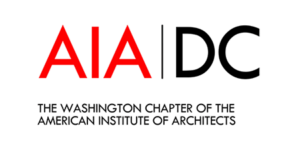This resource is available courtesy of AIA | DC.

Architects play a vital role in creating healthy, high-performing buildings. They are the visionaries that bring project goals to life, are typically the first discipline hired at the outset of a building project, and often are the entity overseeing and managing all of the project’s other design consultants. As such, their leadership, guidance, and creative problem-solving skills play a particularly valuable role in actualizing high-performing buildings.
Take the lead
- Check your projects’ past performance. The District’s large building (≥50,000 sq. ft.) owners have been required to benchmark their building’s energy performance for nearly 10 years. That information is public, which means there’s an opportunity for architects to look at the District’s data visualization platform to check out how past projects are performing and to see which of their clients are ahead of the curve or which might need additional support on future projects.
- Recognize ways to transform your practice. Review the guidance and tools that are a part of the American Institute of Architect’s (AIA) 2030 Commitment, whose mission is to help architecture firms make all of their projects carbon neutral. Use the information and tools to track how your company and work are performing. Building owners and developers can use the public directory to track which firms are market leaders and are committed to higher levels of building performance.
- Understand the latest regulations. Ensure that you are up to speed on the latest rules and regulations about the District’s Building Energy Performance Standards (BEPS) and updated building codes, and how they might affect your clients and therefore your work.
- Proactively engage with your consultants. Talk to your engineers about options for early design analytics and energy modeling. When used early to evaluate the interactivity of building systems, these tools can reduce upfront construction costs for your clients while still maintaining project performance goals. Additionally, review the AIA’s Guide to Integrating Energy Modeling in the Design Process and ASHRAE Standard 209, which describes a “methodology to apply building energy modeling throughout the design process.”
Communicate to your clients and update your contracts
- Talk to your clients about the new regulations. Ensure that your clients are familiar with the District’s BEPS and how design and cost considerations should be reflective of not just upfront cost, but also the building’s long term performance goals and requirements.
- Communicate the need for early and iterative energy modeling with your clients. Explain the need for early and iterative energy modeling to help your client meet their building performance goals. Ensure they understand the potential risks associated with not executing that work.
- Review your standard contract language. Review your standard contract language with your clients and reference AIA E204-2017 (Sustainable Projects Exhibit), which outlines how performance-based goals can be incorporated into a contract by outlining the risks, responsibilities, and opportunities when performance goals are part of a project. Talk to your lawyer or legal counsel about implications around liability and your responsibility as it relates to a project’s operational performance.
- Talk to the broker. Whether working on a base building or tenant fit-out, ask your client if you can speak to their broker or the listing agent to ensure that high-performance building clauses are being included in their lease.
Update your project toolkit
- Update your drawing sheet templates. Ensure your G-series template sheets are up to date and reflective of the latest regulatory requirements.
- Update your standard specifications. Ensure your Division 1 specifications reflect the new building performance requirements, thinking through items such as requirements around substitutions, the value engineering process, material selection, mockups and testing, and how energy modeling should continue throughout the construction process.
- Learn the tools that can help. Get familiar with early energy analytical tools for architects such as REVIT Insight 360, Honeybee, and the U.S. Environmental Protection Agency’s (EPA) TargetFinder, which can be used to estimate a project’s ENERGY STAR score.
- Communicate project goals across the team. Ensure your consultants understand the project’s performance goals and verify that your request for proposals and contracts for consultants are reflective of those goals. Ensure your consultants are also updating their specifications to reflect outcome-based targets.
- Understand energy model reports. Learn how to read your engineer’s energy model reports and use them as an iterative tool to inform design decisions.
Follow up on the project
- Use construction site visits as an opportunity to learn. Take advantage of construction site visits as an opportunity to understand how design intent gets executed, where efficiencies can be found in future projects, and to learn from the subcontractors and tradesmen about best practices.
- Check-in with your clients. Track your project’s performance post-occupancy to understand how your design is or isn’t being used as intended.

